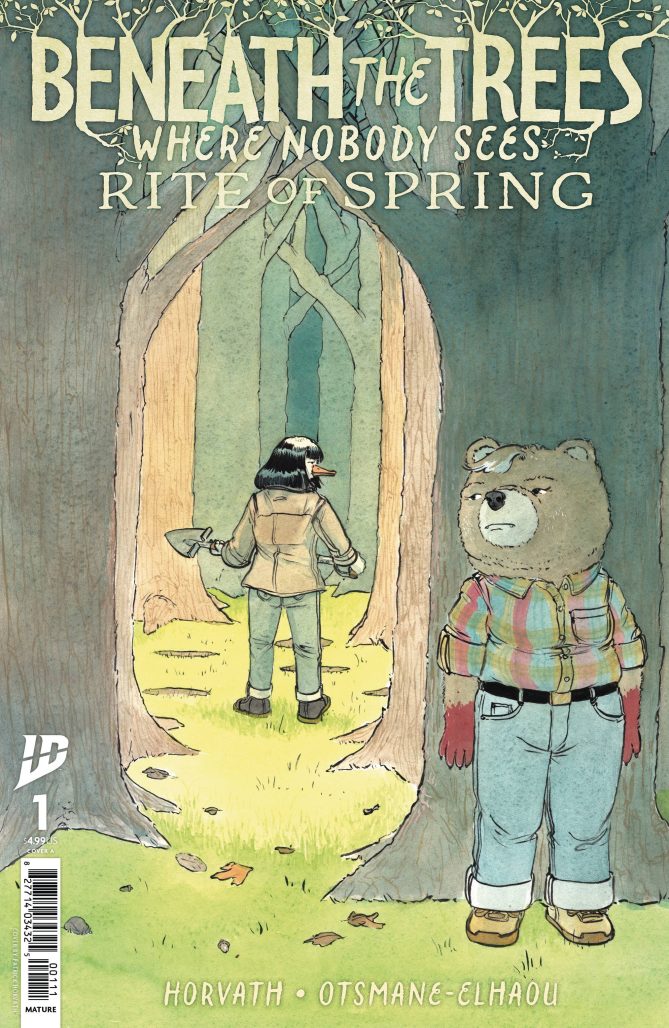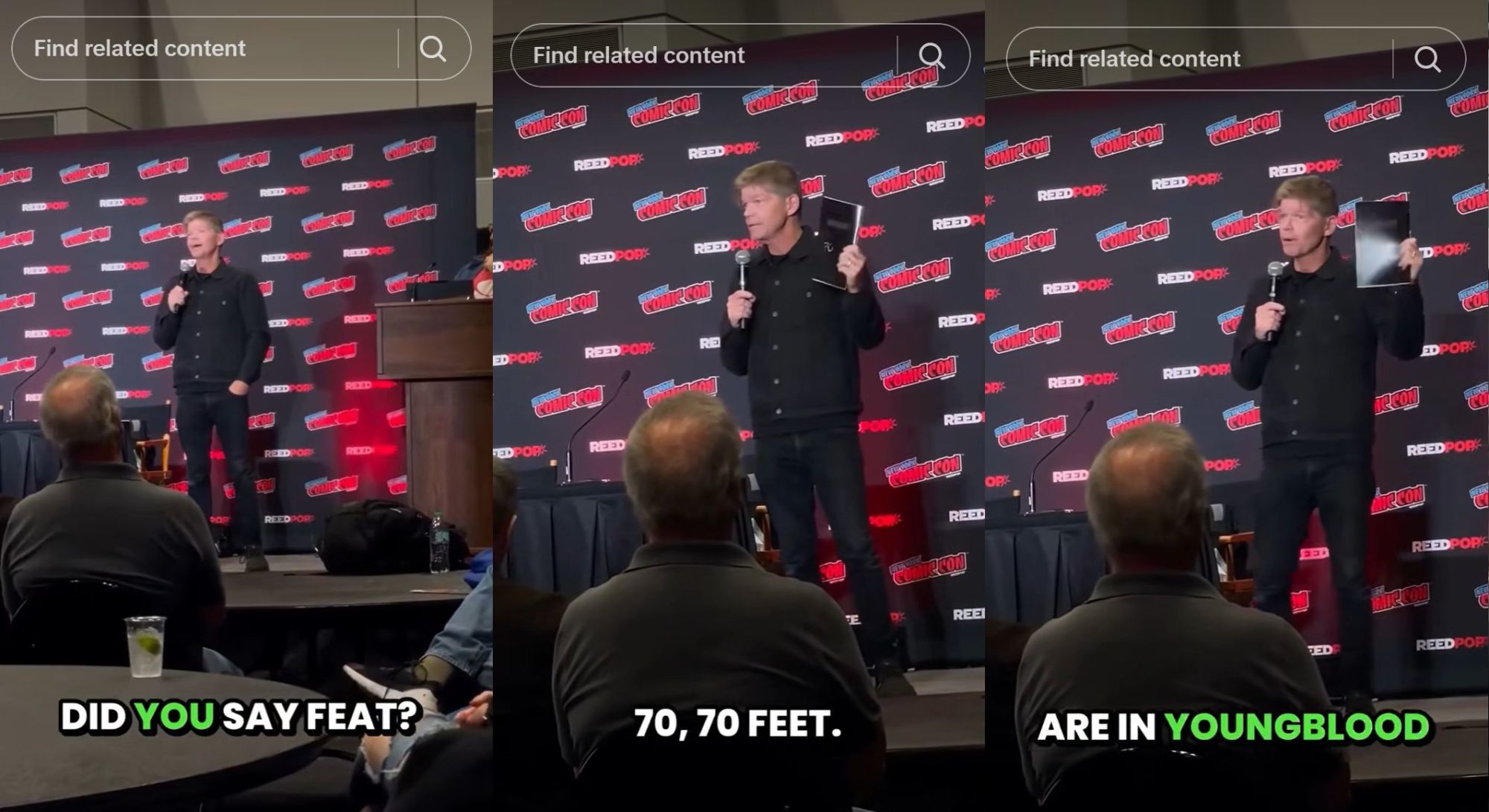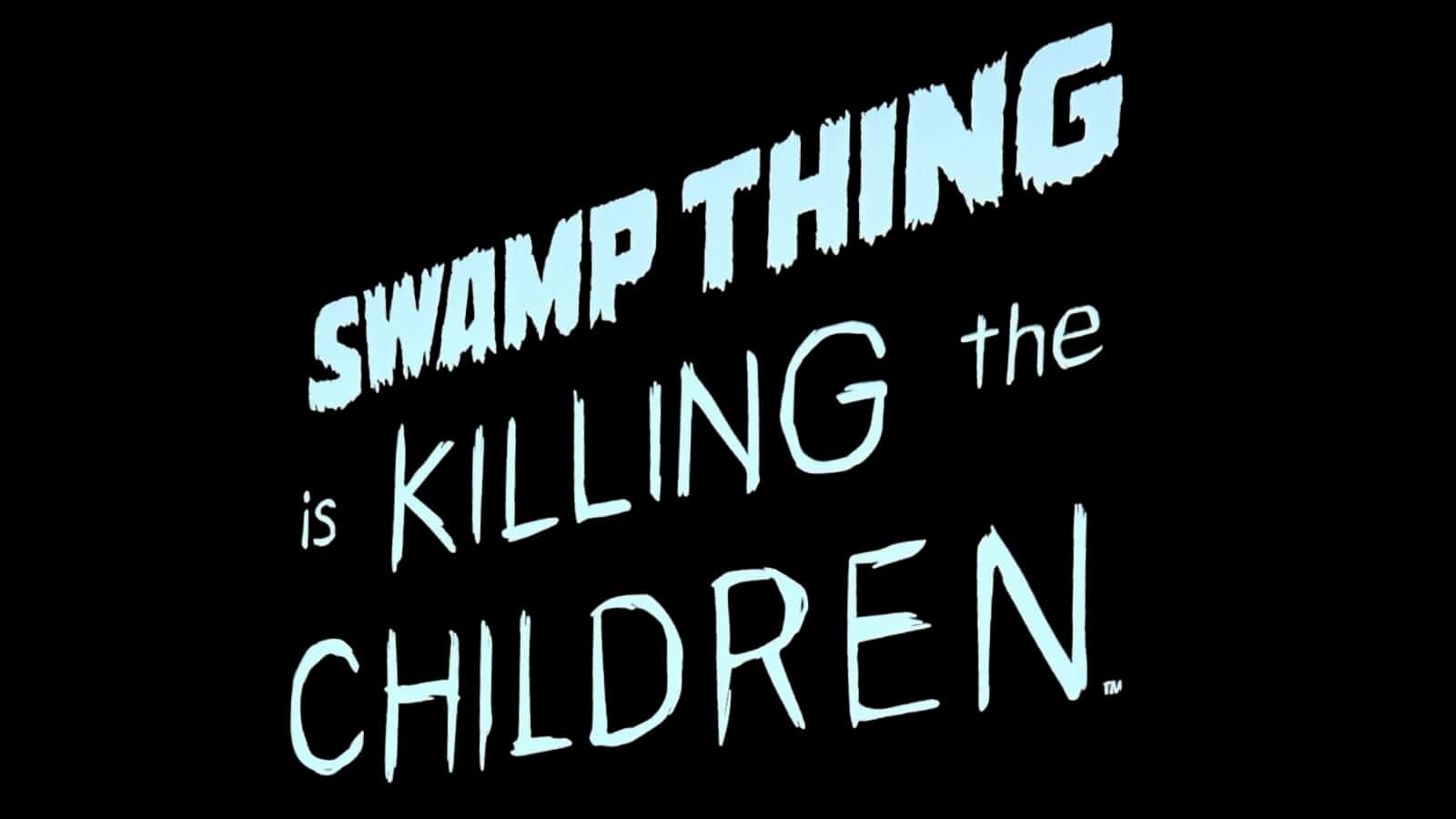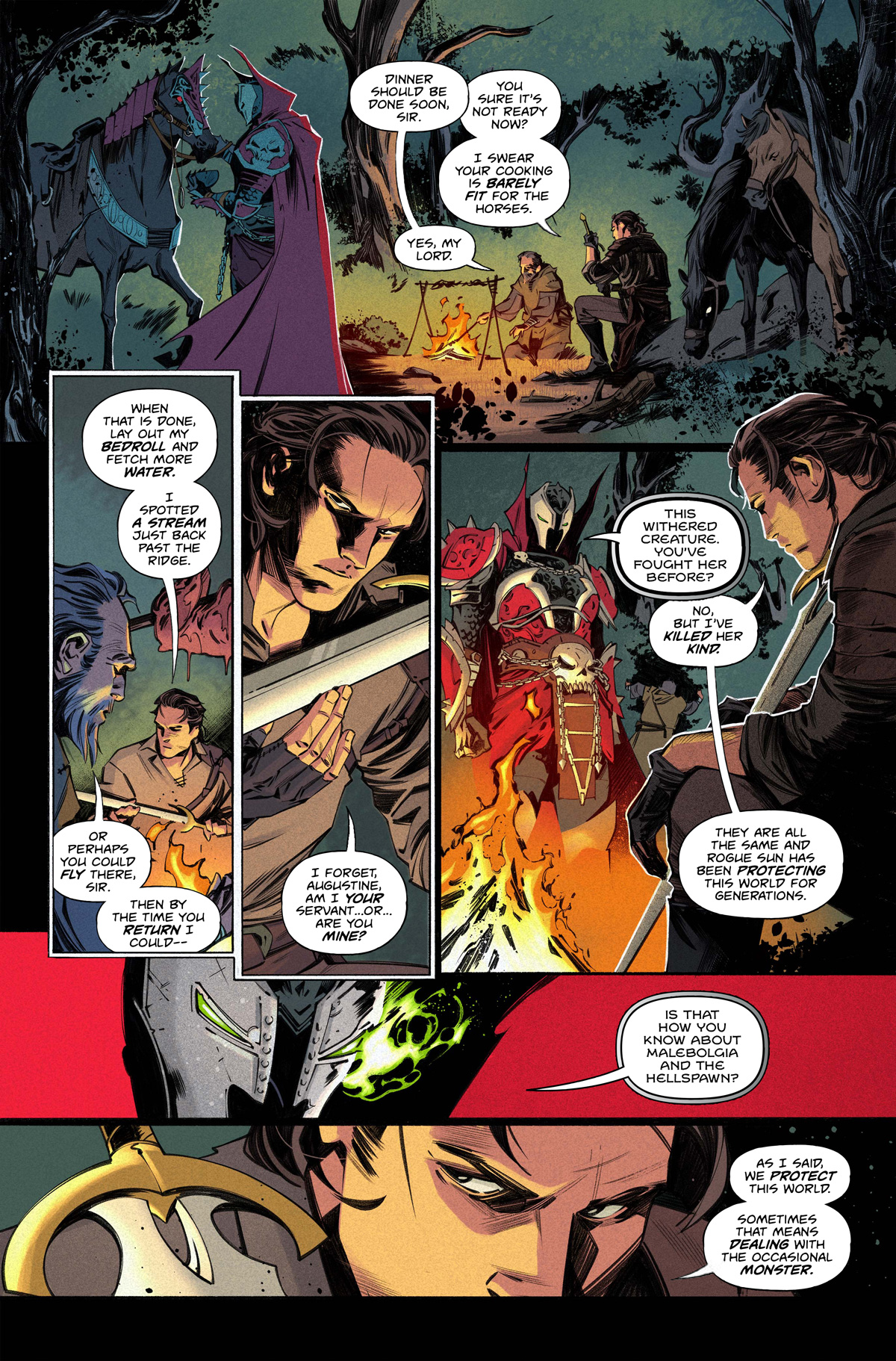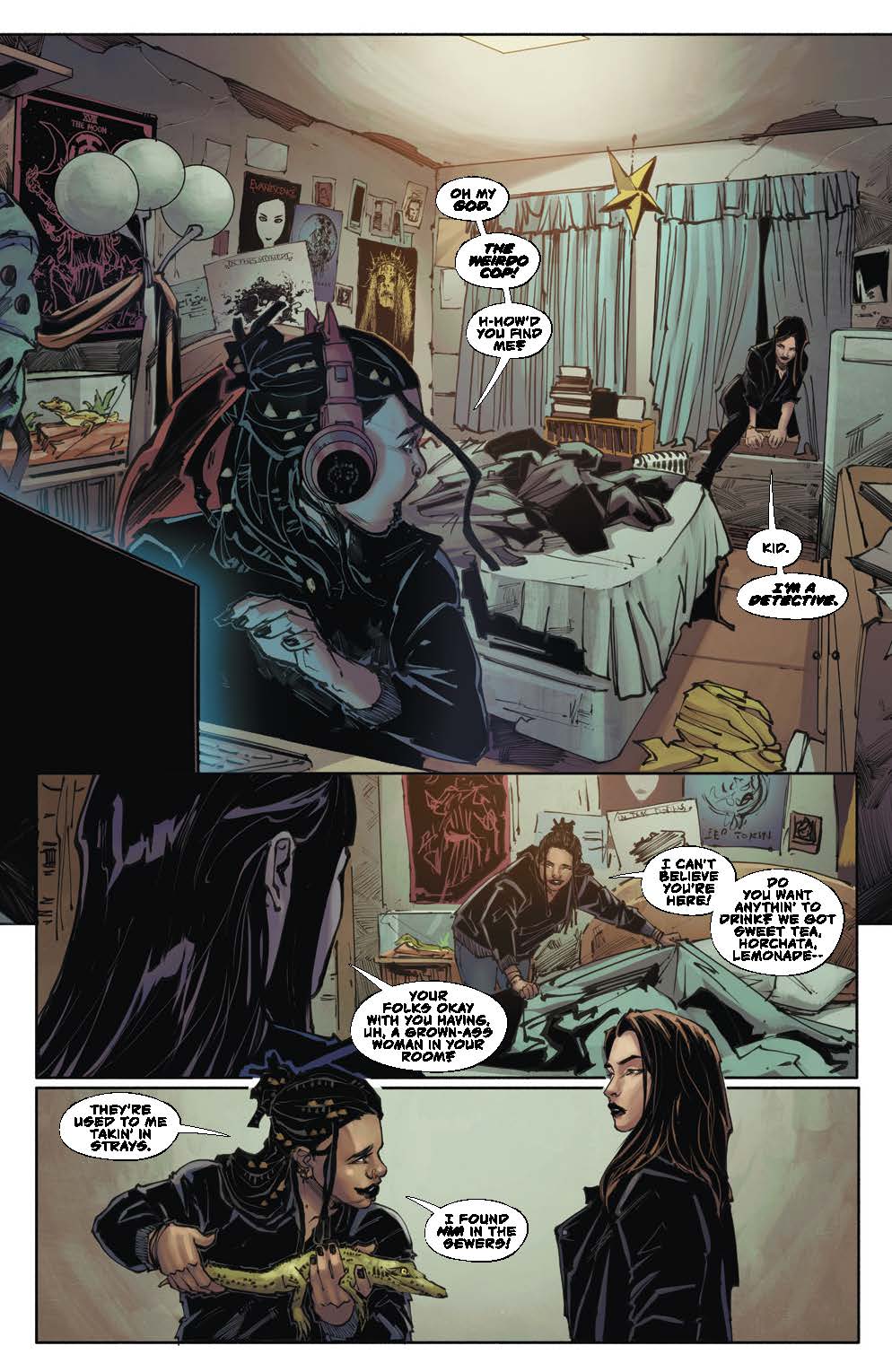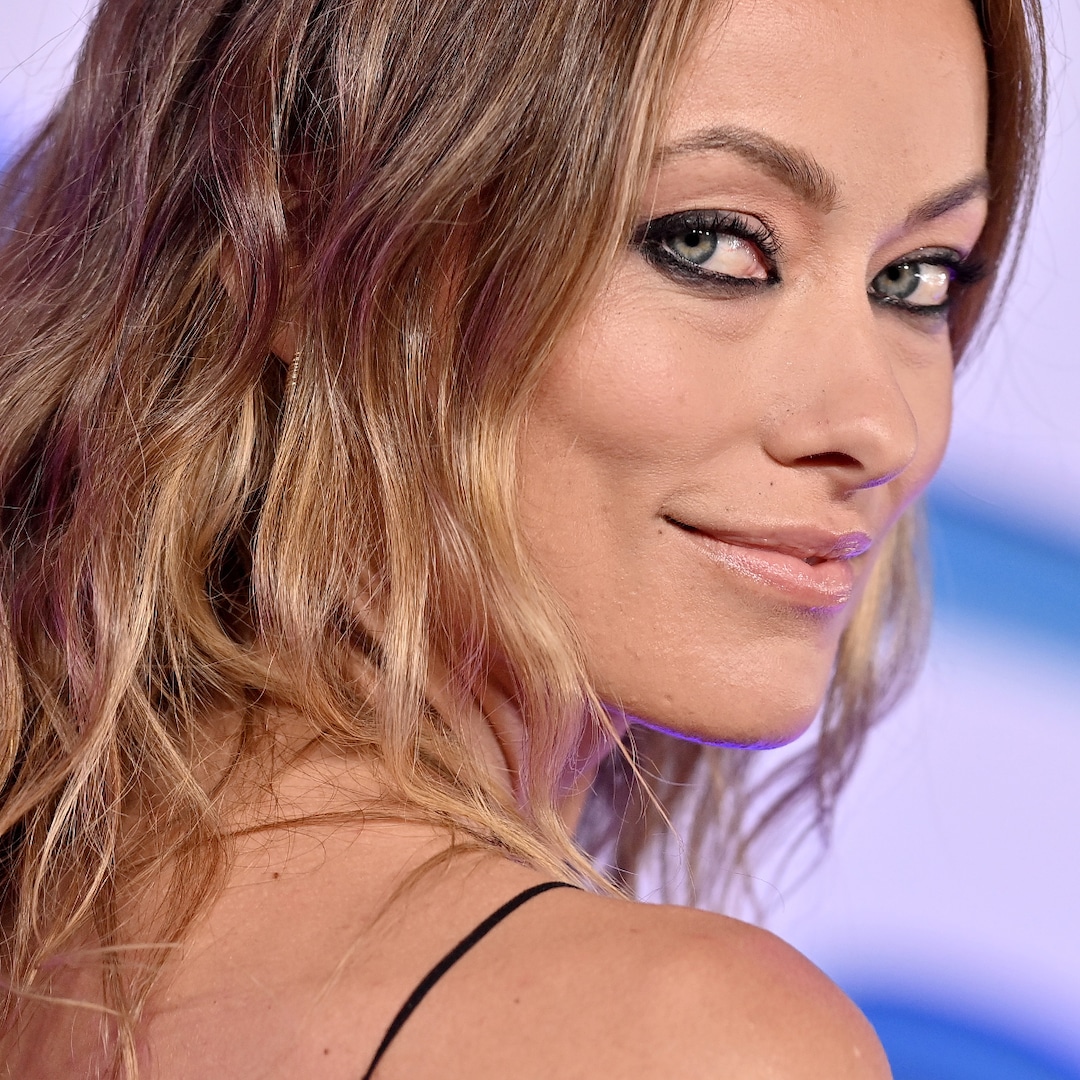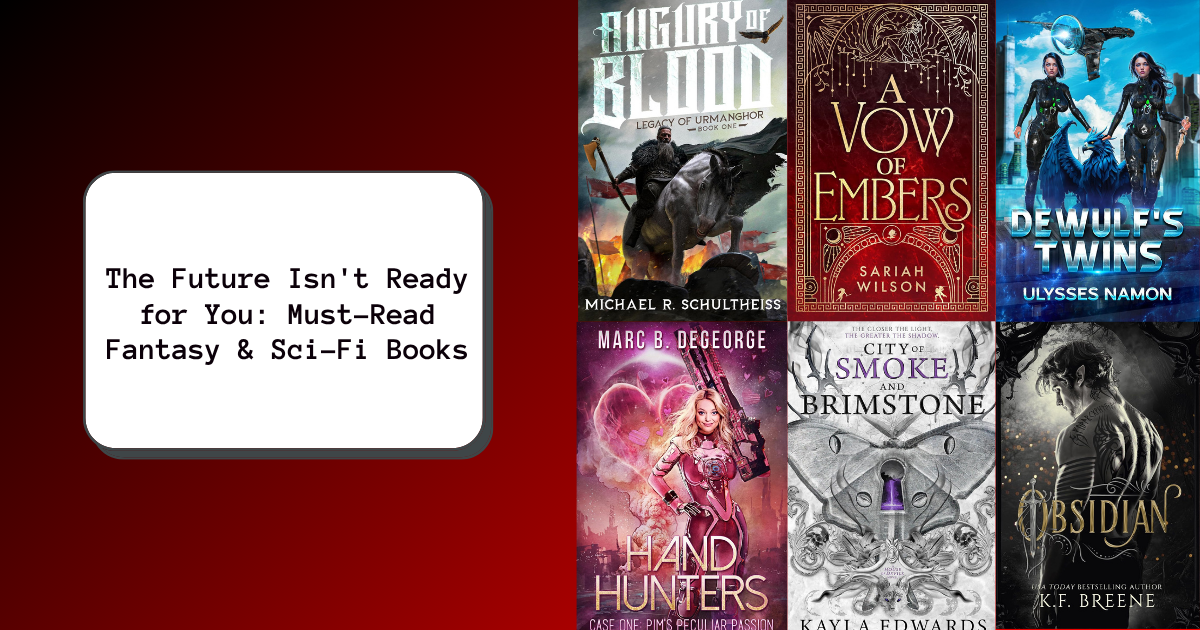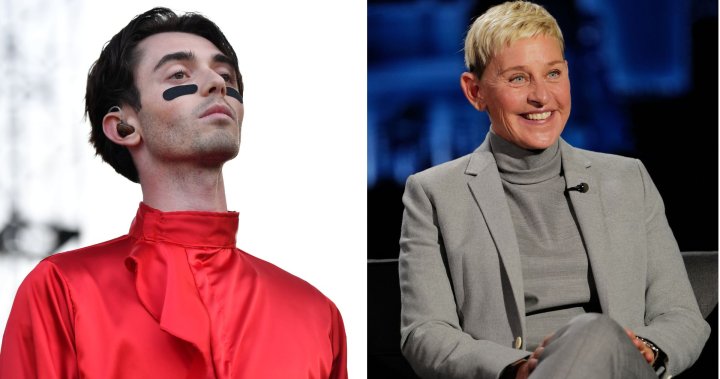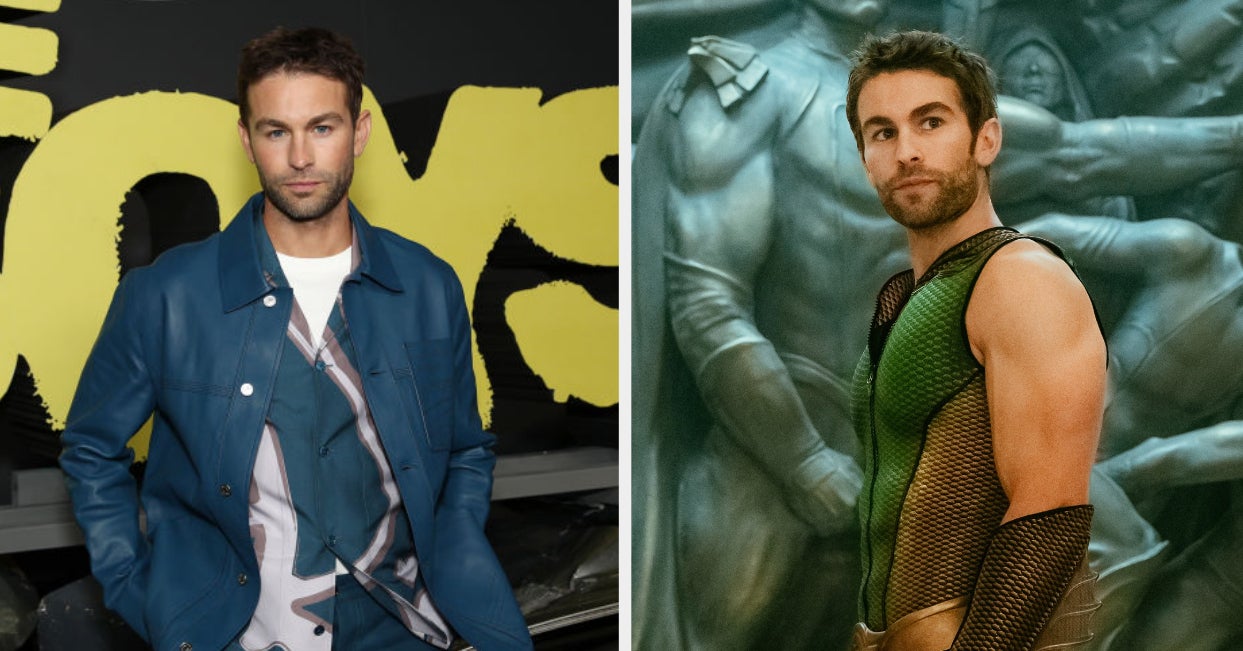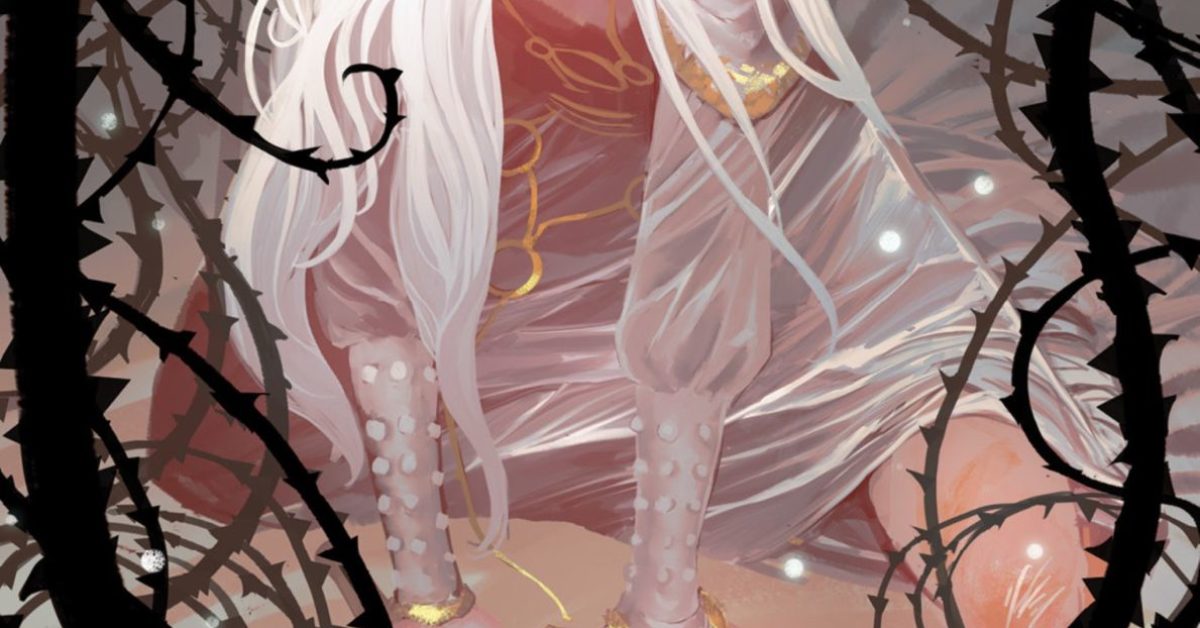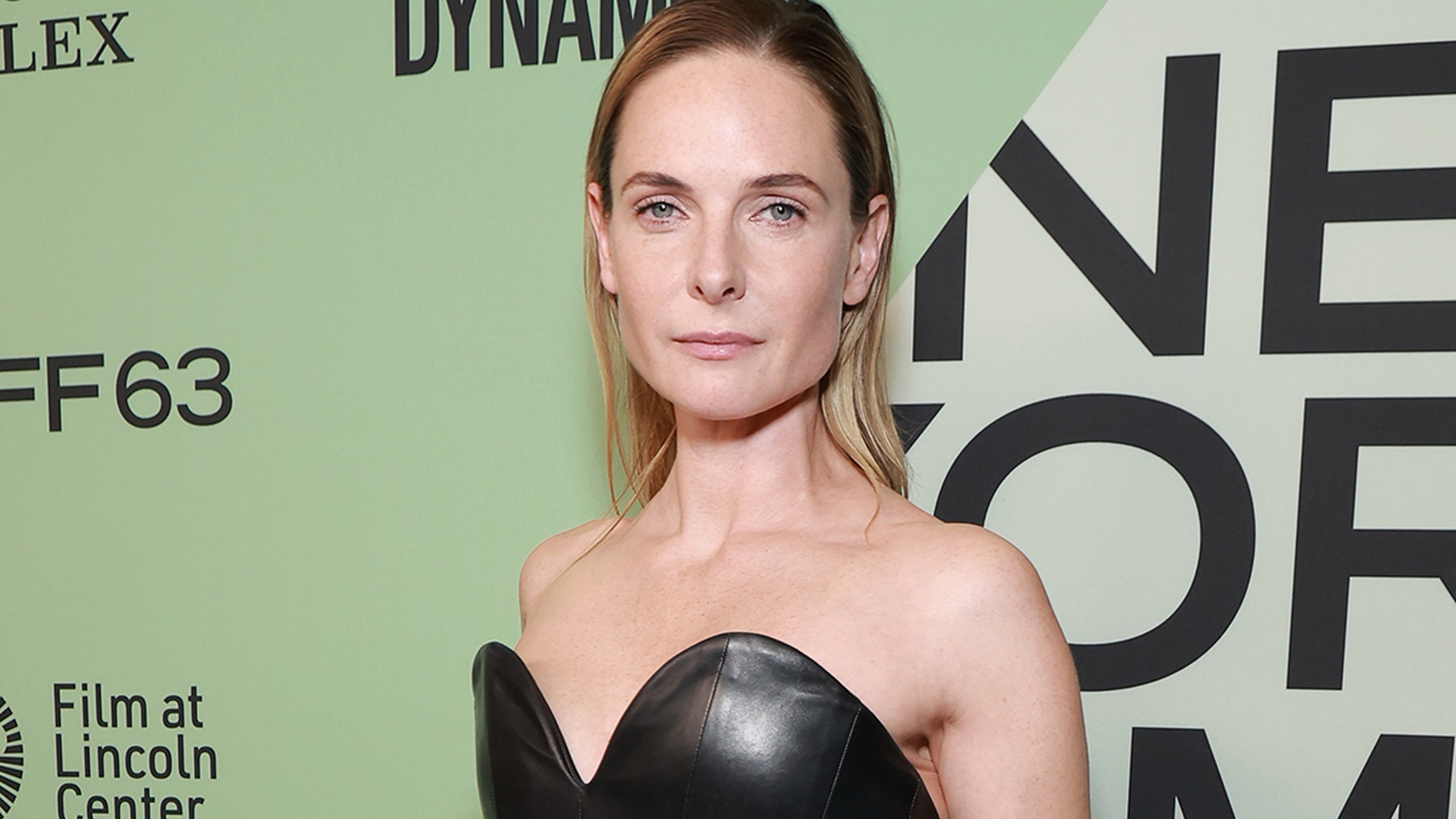

New York Comic Con has been good to Patrick Horvath. The writer/artist behind Free For All and Beneath the Trees Where Nobody Sees netted himself a Harvey Award, his third Beneath the Trees series was announced, and he will even get a DC KO tie-in—something absolutely nobody saw coming.
By Saturday afternoon, that was all in the rear view mirror, and Horvath had time to “relax” by signing for fans and talking to press at the IDW booth. He joined The Beat for a conversation about Beneath the Trees Where Nobody Sees: Rite of Spring, the challenges of following that initial smash hit, and what’s next for Samantha and company.
RUSS BURLINGAME: Congratulations on the Harvey. Is it extra satisfying to be celebrated that way when the other one is currently in production?
PATRICK HORVATH: To be honest, I’m still wrapping my head around it. Obviously, it’s a great honor, and I’m forever grateful for this book and everything that it’s doing. It’s great — I don’t know if it’s extra satisfying, but it’s wonderful. It’s been an incredible trip.
BURLINGAME: Part of the original appeal of Beneath the Trees was the element of surprise, juxtaposing this adorable world with the darkness underneath. What’s the challenge of making a sequel now that the element of surprise is gone?
HORVATH: It’s a different story, and that was kind of the hope — that it’s a different flavor. The strength of it is, now you have this story to build on. You have these characters to build on, and you can see the impact of the whole first story spread across their lives, and how it’s changed them. Especially with the addition of time, you really get to see that compounded. It’s honestly a great strength to have for the project.
BURLINGAME: Most American comics are serialized, and before now, you had done stand-alone stories. It almost feels like you’re finally getting to play in that more traditional sandbox.
HORVATH: Oh, most definitely. It’s all new territory for me. I’ve never had anything that has been anything like this.


BURLINGAME: How much of a plan do you have? Do you know the long-term future of Beneath the Trees?
HORVATH: Well, [the third miniseries] just got announced, so that’s my life now! I’m finishing up with Book 2 and then I’m right into 3. That’s 2027, so I don’t know what that’s going to be yet. I’m mostly excited to finish up this one.
BURLINGAME: What did you want to do tonally, going into the second volume?
HORVATH: It’s darker, because there’s no more innocence like there was in the first one. The town can’t go back to the way the town was, because they went through all that. Likewise, Samantha’s different now because she’s more guarded. She wasn’t as guarded before, and that hubris was her misstep. That doesn’t exist anymore.
Things have changed, and it feels like it would be silly to have the same vibe that we had in the first one, because it wouldn’t be true to the story that we just told. It’s a darker, sadder, meaner book.
BURLINGAME: When you’re introducing new characters into this world, how difficult is it to balance the character design in a way that feels like it makes sense in the darker version of the book, but also belongs in the children’s-book aesthetic?
HORVATH: It’s all intuitive. I definitely am not being very scientific about it, and I’m kind of leaning into whatever feels right. It’s the same thing in the way I handle violence or any of that stuff. It needs to have an earnestness to it, it needs to be cute, it needs to be sad…I’m always weighing all of that.
BURLINGAME: This is a comic that was sold on its high concept, but it really shines in its quiet character moments. How much more complicated are all of those relationships getting following the events of the first book?
HORVATH: The relationships definitely get more complicated, but it feels like we’re learning so much. The more we know, the less innocent everything becomes, and so it becomes messier, to be sure.
But also, in Book 2, we start to see modernization starting to creep in that we have with the Internet and globalization, land development, big box stores pushing out mom and pop shops. It’s all becoming more complicated, and I feel like that’s impossible to to not evolve with.


Cover D Skottie Young Variant
BURLINGAME: Those are two very different levels of “pushing the innocence out,” and while we focus on the character stuff, that macro cultural stuff might actually have a bigger impact on the world.
HORVATH: Yeah, yeah. I think it’s a happy accident, but I’m all for embracing it. It works out really well.
BURLINGAME: Do you think the world can only get darker, or by the third book, do you think there will be an arc where the characters say “Okay, the mask is off, and we’re figuring things out?”
HORVATH: I don’t know. Without giving too much away, I can’t say too much…but it’s not going to get lighter!
BURLINGAME: From a process point of view, how do you handle these books that you both write and draw? I assume it has to be very structured since there are mystery elements.
HORVATH: I do the entire outline first, so I know where it’s going, and then once that’s set up, I basically just attack the script. Then I’ll go through the layouts and the inks, and I’ll go through the script that way.
BURLINGAME: Is there another genre you would want to take these characters into? I mean, if you can do DC KO, you can do a Western.
HORVATH: Oh, man, good question. I’m open to it, but I don’t know. It’s never crossed my mind!
BURLINGAME: Do you have anything else that you’re working on on the side?
HORVATH: Nothing that’s been announced. There’s definitely going to be other stuff, but right now, it’s all Beneath the Trees.
Stay tuned to The Beat for more coverage from NYCC ’25.



